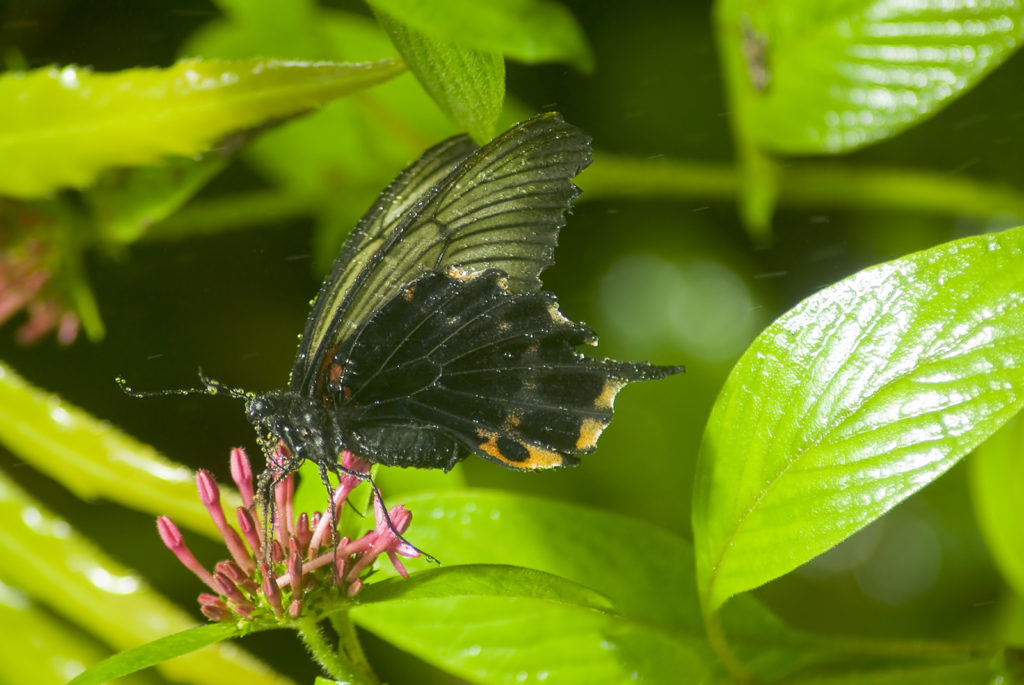Do you have an area in your yard that’s subject to water retention, mud or swamp-like conditions? How about installing a rain garden? Rain gardens collect runoff from the roof, your dry creek bed feature, the sidewalk, patio or deck. The shallow depression of the rain garden, in combination with the plants you’ve added, allow the water to seep back into the soil and protect pollutants from entering waterways. Additionally, they are inexpensive and attractive additions to your yard, as well as being environmentally sound solutions to urban storm-water runoff. Instead of pushing any fertilizers or pesticides into the street and subsequent waterways, these chemicals are contained and will slowly percolate into the soil. A rain garden can benefit your yard through pollution control, protection from floods, habitat creation and water conservation. Also, some counties in Washington offer up to $1000.00 in reimbursements if it is properly done and native garden products are used.
Here are a few steps to take when building your rain garden:
- Make sure you have an even depression or berm in your yard, located at least 10’ from your house foundation. Tamp down the soil with a shovel or your feet.
- There are three zones to your rain garden. Try to use native plants in your berm. The outside zone should be planted with plants that tolerate drier conditions such as the western bleeding heart, or Beech strawberry. The middle zone should contain plants that will tolerate some standing water, like the Snowberry. In the center zone, plant ferns, sedges or grasses.
You’ll end up with a pretty, easy care garden that will be a wonderful addition.
